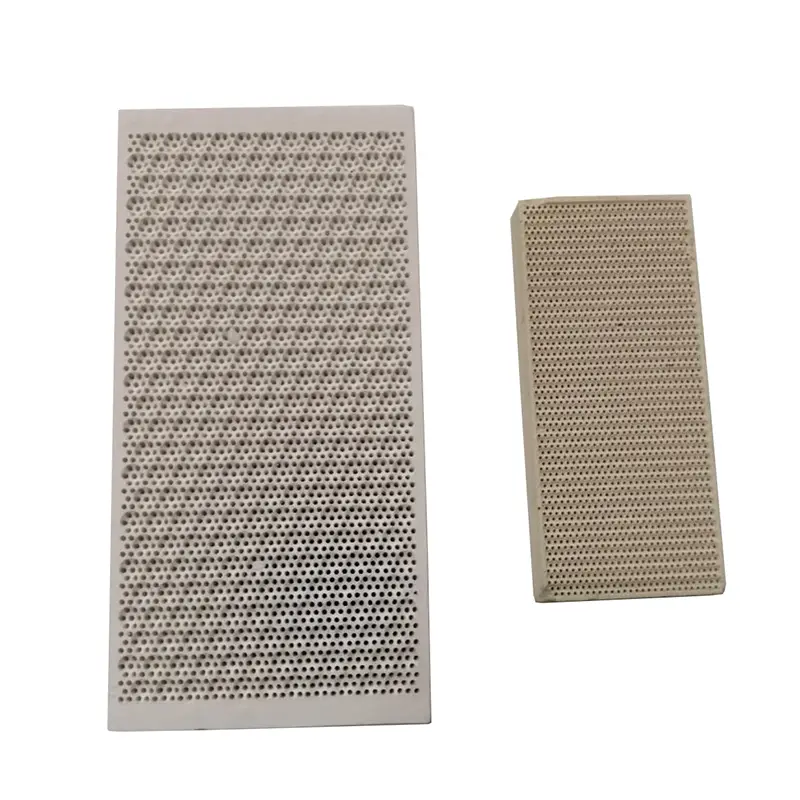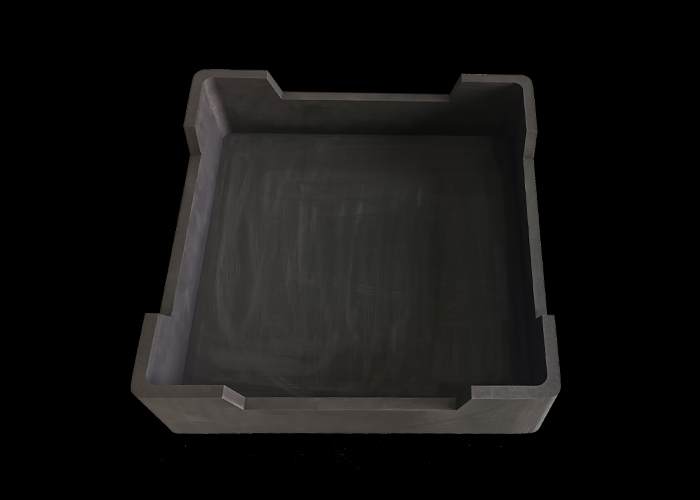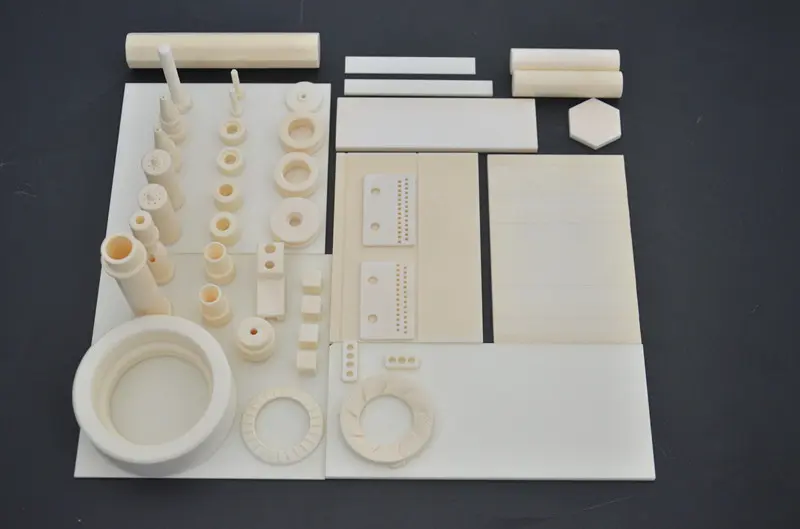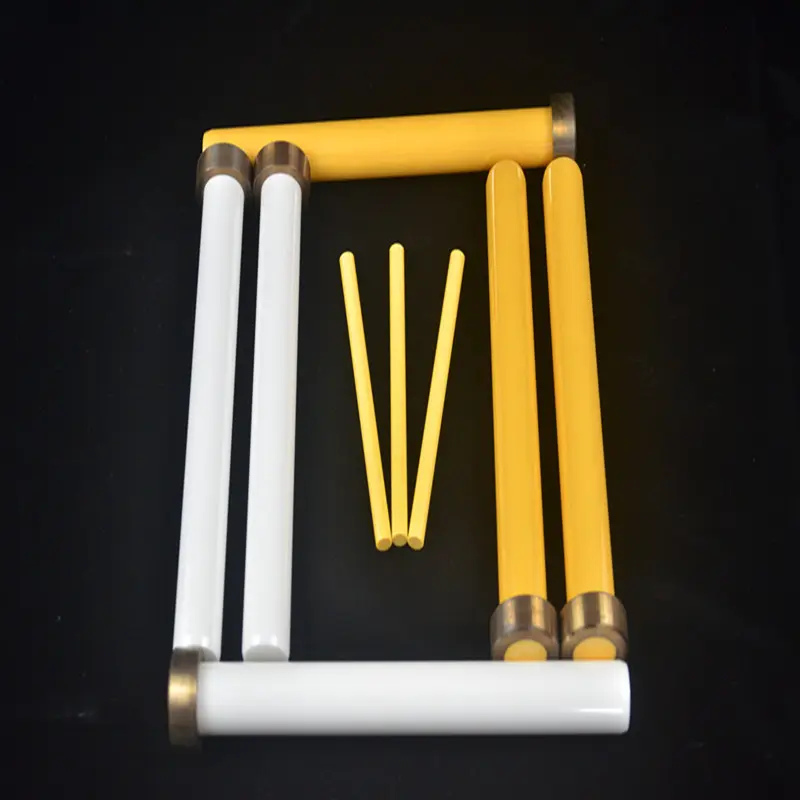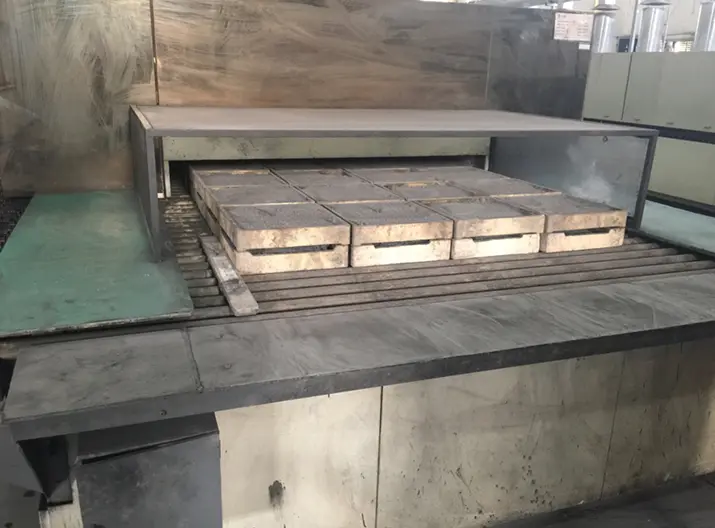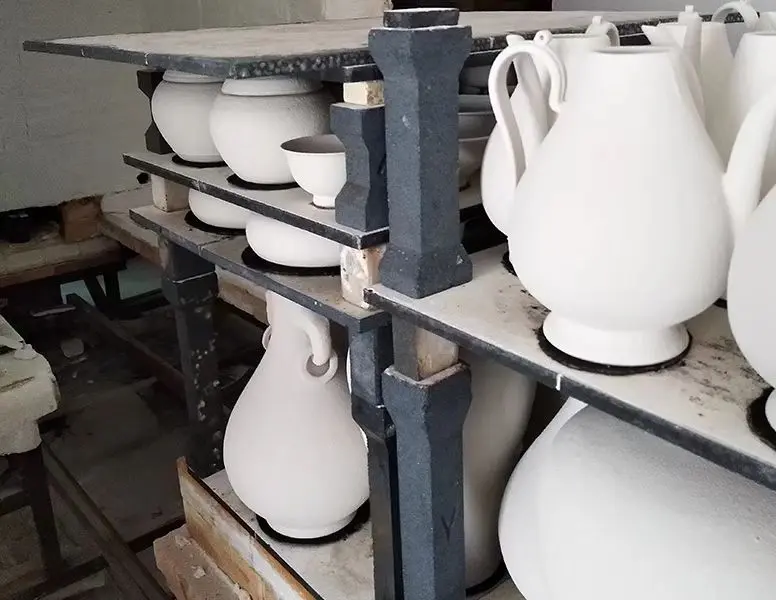Understanding Saggar Firing: What It Is and Its Significance in Ceramics
What is Saggar Firing?
At its core, saggar firing is a method of firing pottery that utilizes a saggar—a type of container made from fire-resistant materials such as clay or metal. The saggar is designed to hold one or more pieces of pottery during the firing process, providing a protective barrier against the harsh conditions of the kiln. This technique is particularly useful for achieving specific aesthetic effects, as it allows potters to experiment with different materials and firing atmospheres.
The term “saggar” is believed to have originated from the word “sagger,” which refers to the act of protecting pottery during firing. Traditionally, saggars were made from clay and were often shaped to fit the specific pieces being fired. In modern practices, potters may use commercially available saggars or create their own custom designs.
The Process of Saggar Firing
The saggar firing process begins with the preparation of the pottery pieces. Once the ceramics are shaped and dried, they are placed inside the saggar along with various combustible materials, such as sawdust, salt, or metal oxides. These materials are chosen for their ability to create unique surface effects during the firing process.
Once the saggar is loaded, it is placed in the kiln, where it will undergo a firing cycle. The temperature and duration of the firing can vary depending on the desired outcome. As the kiln heats up, the combustible materials within the saggar ignite, creating a smoky atmosphere that interacts with the pottery. This interaction can result in a range of effects, from subtle color variations to dramatic surface textures.
One of the key advantages of saggar firing is the ability to control the atmosphere within the saggar. By adjusting the materials used and the firing conditions, potters can achieve specific results, such as reducing or oxidizing the surface of the pottery. This level of control allows for a high degree of creativity and experimentation, making saggar firing a popular choice among contemporary ceramic artists.
The Significance of Saggar Firing
Saggar firing holds a significant place in the history of ceramics. It has been used by potters around the world to create distinctive pieces that reflect cultural traditions and artistic expressions. The technique is particularly valued for its ability to produce one-of-a-kind results, as each firing can yield different outcomes based on the materials and conditions used.
In addition to its artistic merits, saggar firing also serves practical purposes. The protective nature of the saggar helps to prevent defects such as warping or cracking, which can occur during traditional firing methods. This makes it an essential technique for potters looking to achieve high-quality results.
In conclusion, saggar firing is a fascinating and versatile technique in the realm of ceramics. By utilizing a protective container, potters can explore a wide range of aesthetic possibilities while ensuring the integrity of their work. As the art of ceramics continues to evolve, saggar firing remains a cherished method that bridges tradition and innovation, allowing artists to express their creativity in unique and meaningful ways. Whether you are a seasoned potter or a curious beginner, understanding saggar firing opens up a world of possibilities in the art of pottery.


